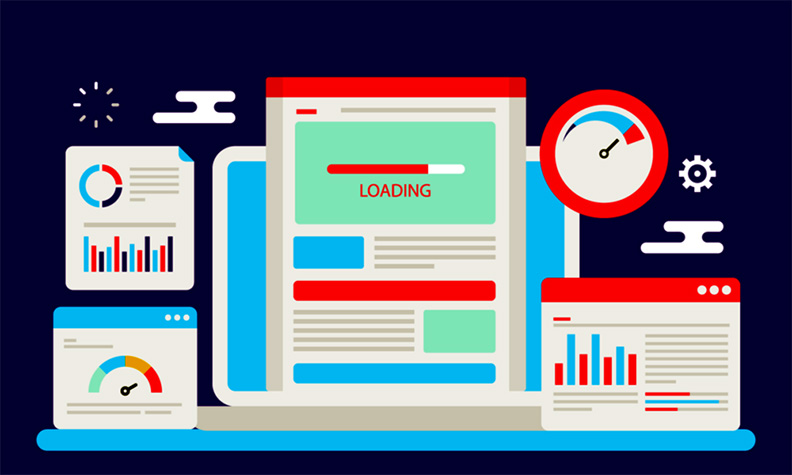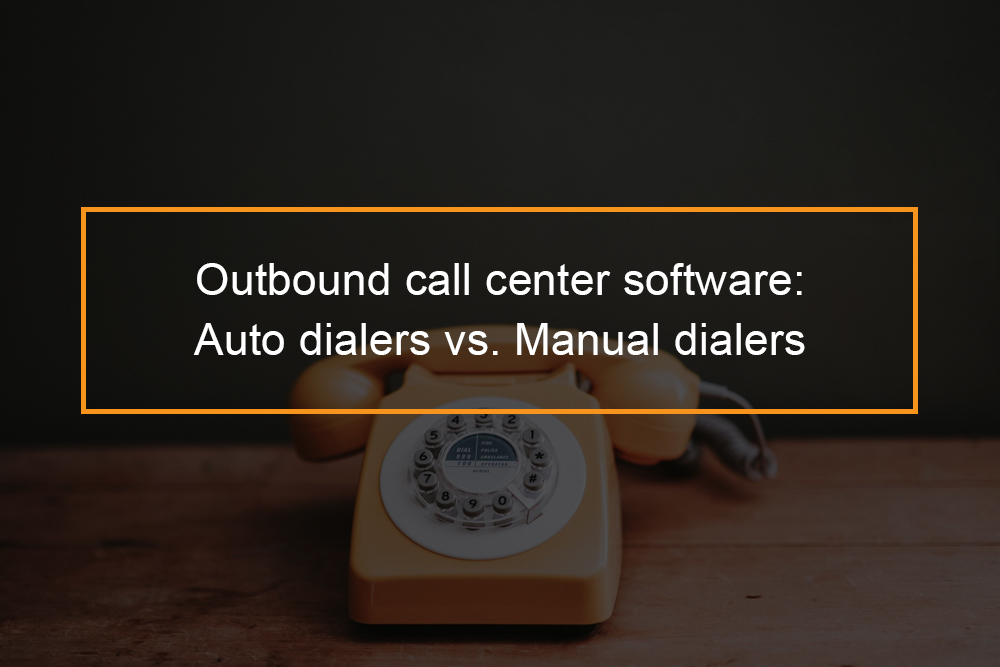Everything You Need To Know About API Automation Testing
APIs are becoming very significant in our modern world, and as technology advances, so will our dependence on APIs. Today everything that communicates on the internet is talking Application Programming Interfaces (API). As we adopt them in our technologies, we also need to consider API testing. As with everything, APIs need to be adequately tested and thoroughly on many different quality characteristics. If we think about it, we should pay close attention to the functional requirements and the appropriate attention to non-functional requirements.
In this API testing tutorial, we will discuss:
- What is API testing?
- Types of API testing
- Importance of API testing
- Types of bugs that API test detects
- Manual testing vs automated testing
- API testing tools
- API testing best practices
What is API Testing?

API testing is meant to expose bugs at the primary level: deviations or inconsistencies from the expected behavior. Continuous testing is also very significant to ensure it works when the public has access to it. The threat of putting a bad and potentially secure product on the market is greater than the cost of testing it.
Generally, API testing is one of the most challenging parts of the QA and software testing chain because it works to ensure that our digital lives run efficiently. Whereas developers tend to test only the functionalities they are working on, software testers are in charge of testing both a series or chain of functionalities and individual functionalities, discovering how they work together from end to end.
APIs give value to an application. It is what makes our phones smart, and it is what streamlines business processes. If an API does not work effectively and efficiently, it will never be adopted, whether it is free or not. Besides, if an application program interface breaks because of errors that were not detected, there is the risk of not breaking a single application, but an entire chain of business processes hinged to it.
Below are some of the most common reasons why API developers and testers test their APIs:
- It can be expensive not to
- Ensure your APIs work across devices, operating systems, and browsers
- Expose all the way users can mess things up
- Ensure it can manage the load
- Make sure it does what it is supposed to do
Putting more effort into API testing results in a much healthier final product. Ensuring that all data access (write and read) goes only through API significantly simplifies security and compliance testing and thus certification because there’s only one interface.
Ensuring that all the needed business rules are being enforced at the API enables time for much more complete user-experience tests after the UI is released and not having to concentrate on testing every business path and rule through the application near the end of the project. Ensuring that the APIs provide complete functionality enables easy future expansion of the application as new business needs arise.
Types of API Testing
| Type of API testing | Stage of software development |
| Validation testing | User acceptance testing |
| Interoperability and fuzz testing | Testing stage |
| Security testing and runtime error detection | (Ongoing processes) The API has defined security standards, including access controls, authentication, encryption methodologies and permissions. |
| Performance testing and load testing | As early as possible since these tests take time |
| Integration testing and unit testing | Development stage |
Performance testing
Performance testing is one non-functional test that is often overlooked and will usually cause trouble. You should be aware that our testing environments often only contain a fraction of the data that production does, so that any run process might take a lot more time in a real case. Performance testing should consider everything, including spikes in traffic and multiple heavy processes running simultaneously and interfering with one another. Additionally, note that the environment used for testing should be similar to a production environment to get reliable results.
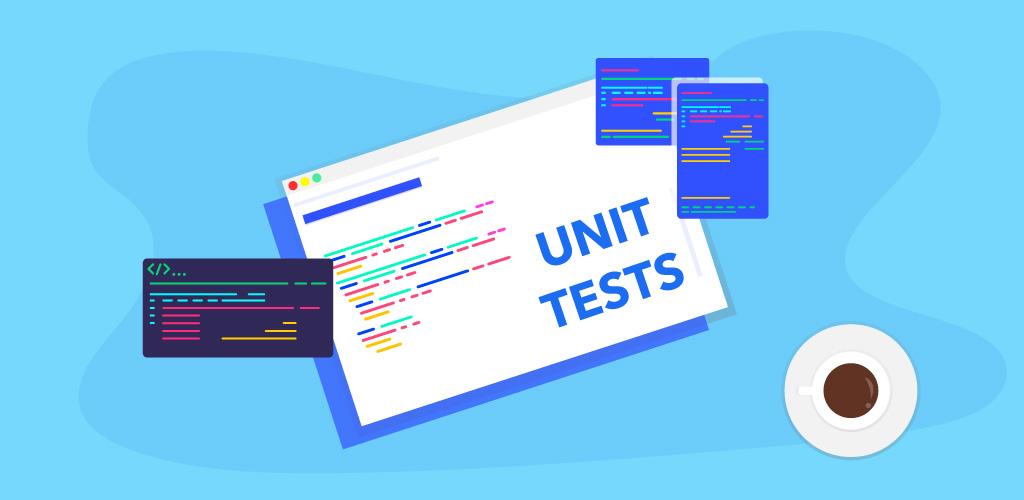
Unit testing
These tests are written to run with every build of the software application automatically. Unit tests are written close to the code and should pass when running an application build. The type of code coverage needed for the APIs depends on the risk the APIs carry and what functionalities it holds. Generally, good unit testing is like a good foundation, and this aspect should be well thought over since it will carry the rest of the testing effort later in the line.
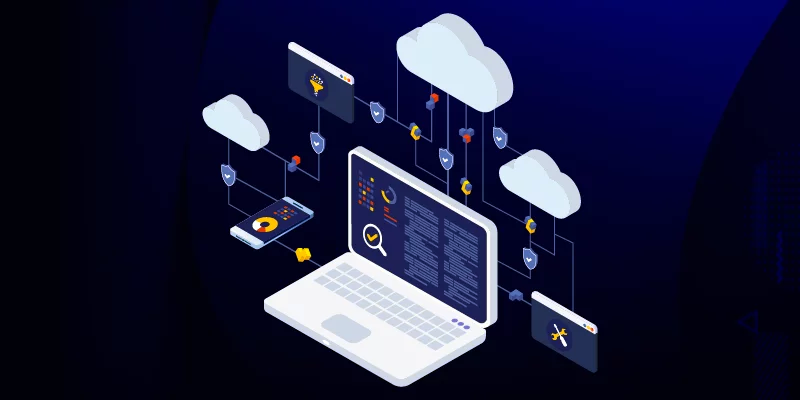
Security testing
This type of testing is very vital but often not budgeted well. You need to ensure that proper security testing occurs depending on a risk analysis. This type of testing requires to be done by a trained professional since it is very easy to miss things, but it doesn’t stop there. Every software developer should, in essence, be a little bit of a security tester when it comes to APIs since they are the first line of defense into our infrastructure.
Generally, security testing has various aliases such as pentensing, penetration testing, or PEN testing and needs to focus on different aspects of API testing. The entry points of APIs need to be considered as well as the flow of data and any shadow.
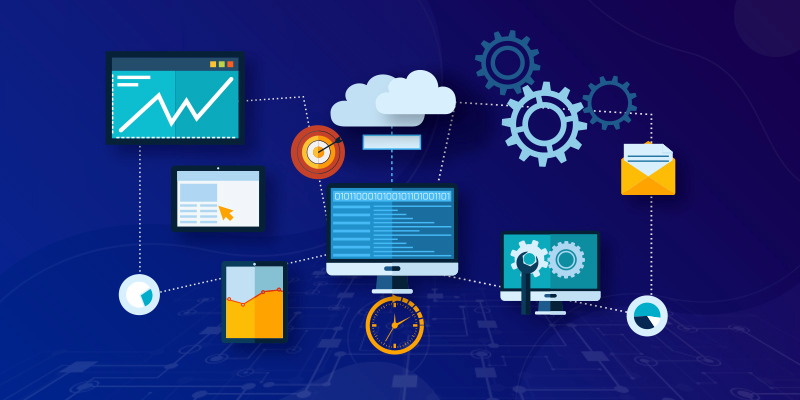
Load testing/ Load tests
Typically load testing happens after a specific unit, or a whole codebase has been finished. This technique checks if the theoretical work is as planned. Load testing monitors the application’s performance at both normal and peak times.
Functional testing/ Workflow tests
Functional testing includes testing particular functions in the codebase. These features characterize specific scenarios to ensure the API functions are managed well within the planned parameters.
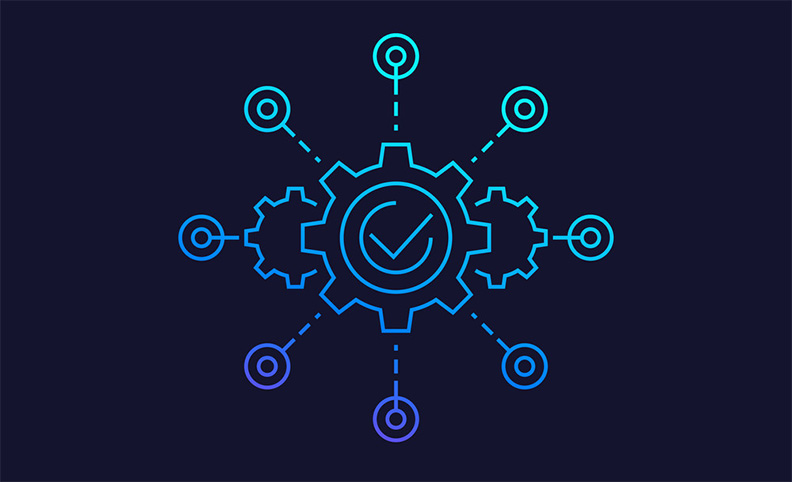
Integration testing
APIs are no separated elements of a system. Instead, they integrate all of the moving parts of a system, and all of this integration requires proper testing, of course. You need to ensure you pass on and take in the correct parameters with their correct constraints. Still, you also need to ensure that you logically sanitize the incoming traffic.
Runtime error detection
During all of these API tests, you want to ensure runtime error detection is enabled. This solution allows APIs to report back any defects while it is in operation.
Interoperability testing
When working with 3rd party software providers or even older versions of your software, you need to create a section in your test plan describing what testing will be done. Priority and severity of potential defects should be discussed depending on prior experiences, and they need to help define how API testing happens when the APIs interact with.

Fuzz tests
As the last test, before we validate our software, we need to fuzz all the endpoints of the APIs. When fuzzing, you will send random data to those API endpoints, and you need to scrutinize the results. The server should not crash from this unexpected traffic, and it should not display any odd behavior. Depending on risk analysis, fuzz testing might be performed much more structured or not at all.
Validation testing
Validation testing is done among the final steps and plays a vital role in the development process. This test verifies the aspects of efficiency, behavior, and product. In simple words, validation testing can be seen as an assurance of the correct development.

UI testing
UI testing tests the user interface for the API and other integral parts. UI testing concentrates more on the interface that ties into the API than the API testing itself. Even though UI testing is not a particular test of API in terms of the codebase, this approach still offers an overview of usability, health, and efficiency of the application’s front and back-ends.
Other types of testing include:
Negative testing (negative tests), API documentation testing, proficiency testing, creativity testing, Rest API testing, web testing, application testing, mobile testing, etl testing and reliability testing
These types of tests you will run will vary; however, these are common API test examples; as you can see, they are similar to the reasons developers may want to do a test on API.
- To verify if the API is updating any data structures
- Verifying if the API calls for another API or triggers some other event
- Verify if the API does not return anything at all or with the wrong results
- To check API returns values depending on the input condition
API Testing Benefits

The key benefits of API software testing are:
Language independent
Data is exchanged through JSON and XML formats so that any language can be deployed for automation. JSON and XML are generally structured data, making the verification fast and stable. There are also built-in libraries to support comparing data utilizing these data formats.
Improved test coverage
Most web/API services have specifications, enabling you to create automated tests with high coverage- including non-functional testing and functional testing.
GUI-independent
API testing can be carried out in the app before GUI testing. Early testing before doing the GUI tests indicates early feedback and better team productivity. The app’s core functionalities can be tested to display minor errors and assess the build’s strengths.
Fast production release
Commonly, executing API testing saves more time compared to UI testing allowing software development teams to release products faster.
To narrow down the probability of defect detection at a later stage
API testing is a phase where we carry out testing activities before we couple with UI stuff for the software application. So, it is a very early stage where we can find any defect present in the core coding for the software. When we ensure that the API is working fine without any errors offering a reasonable set of inputs, we are also making sure that the same set of data will not create any issue when coupled with application UI. Thus, it will be relatively simple to fix in the API testing phase.
Multiple platform quality assurance, single testing iteration
The same set of APIs is being used when the same application is made accessible for different platforms such as desktop, mobile, etc. So, when we are testing API collection, we are also making sure that the business logic will provide the same functionality across platforms.
High speed
You can rest assured that API testing is fast and simply the validation of business logic, compliance, security, performance, and other aspects of the application.
Testing APIs secure the application
With API tests, you can look for application security loopholes and offer a specific set of parameters to imitate the possible methods of phishing attacks. You can check how the application programming interface API can respond in case of such attacks.
Types of Bugs that API Test Detects
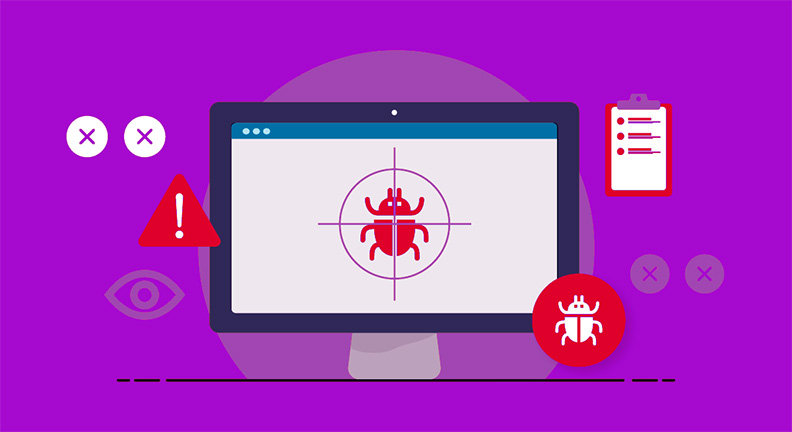
- Response data is not structured correctly (XML or JSON)
- Incorrect handling of valid argument values
- Warning to a caller/improper errors
- Performance challenges (API response time is very high)
- Multi-threading issues
- Security issues
- Reliability issues (Straining in connecting and getting a response from API)
- Duplicate or missing core functionality
- Unused flags
- Fails to manage errors conditions gracefully
Manual Testing vs Automated Testing/Testing Automation

The difference between automated API testing and manual testing is that automated software testing requires you to use a testing tool, such as SoapUI, Postman and JMeter. In contrast, manual testing consists of writing your code to test the API. Automation testing is highly recommended for API testing, mainly in the world of agile development, continuous delivery cycles, and DevOps.
You should use manual testing when carrying out the following tests:
- Ad-hoc testing
- Usability testing
- Exploratory testing
You can use testing automation for the following:
- Regression testing
- Testing in multiple languages
- Error testing
- Load testing
- Data-driven testing
- Unified framework, testing protocols in a single
- Performance testing
- Analyzing your functional test coverage to understand what you are missing
- Repeated test design
- Dynamic testing
- API functional testing/ functionality testing
Of course, automation testing can be performed in many cases than this, most importantly, when working on the clock. API testing automation even enables you to test in tandem with development. API automated testing has several advantages. We can write test scenarios very fast, so we can quickly develop test cases for many edge cases. We also do not have to run the tests manually. If a build generates too many errors, you want to be informed before you start testing since the new build will be inevitable after fixing the mistakes that were discovered.
API Testing Tools

Below is a list of six top software testing tools. The list comprises both open-source and premium web API testing tools.
- Katalon Studio: This tool brings a hassle-free API testing platform for testers with or without programming experience. Katalon studio easily imports tests from Swagger.
- Parasoft SOAtest: It automates the continuous testing of complex systems by creating codeless API test scenarios from manual recordings.
- Selenium: A popular open-source web-based automation tool
- Ping API: This is an API testing tool that allows users to write test scripts in Java and CoffeeScript to test APIs. It is typically one of the best API testing tools that helps inspect HTTP API calls with complete request and response data. For any failures, the user will get a notification via email, Hipchat, and Slack.
- Subject7: This is a cloud-based, truly codeless API test automation solution that unifies all testing in a single platform and empowers you to become automation experts. Supporting SOAP API and REST testing and end-to-end and database testing, the Subject7 tool makes it simple to run robust and scalable API tests via a simple to learn interface.
- Ping API: This tool supports writing scripts to set request body, headers, and URL parameters. It supports the validation of response headers and body.
API Testing Best Practices

Before you start API testing on your own, below are the top 10 tips we want to remember when testing APIs.
- Automate wherever you can
- For complete test coverage, make sure you create test cases for all possible API input combinations.
- Perform well-planned call sequencing
- See how it manages unpredicted problems and loads by throwing as much as you can at it.
- Limit the APIs tests from as many variables as possible by keeping them as isolated as possible
- Have a well defined testing strategy
- Give priority to API function calls to be simple for testers to test faster.
- Group test cases by test category
- Test your AOIs for failure. Ensure you understand how your AI will fail. Just make sure the API fails consistently and gracefully.
- Add stress to the system via a series of API load tests.
- Test for the typical or anticipated results first
- Execute your end-to-end testing scenarios
Final thoughts:
You can see why API testing is a vital part of the software development lifecycle. It helps us achieve a good quality of the business logic written without consuming more time than filling out forms from the UI level and checking software applications’ behavior. Additionally, automation of the API testing is a very simple job to carry out, and it adds value to the application quality. Thus, saying it is vital to do API testing while testing the application and to include it in the test plan would be agreed upon.


